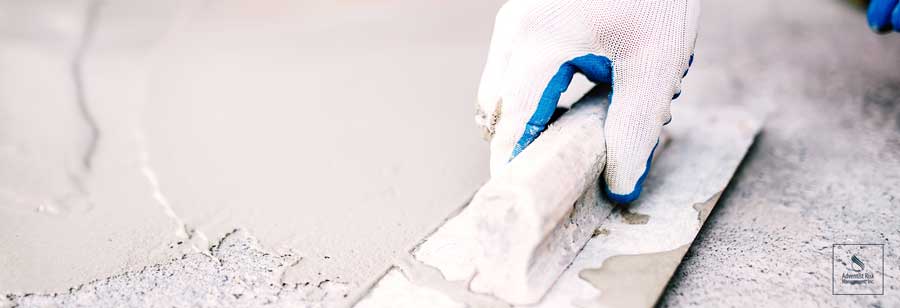Jesus tells the story* of a prudent steward who cares for his property in a manner that encompasses the safety, security, and profitability of his institution. At first, the owner fences the property to safeguard it against any robbers. He also builds a watchtower to maintain the security of the entire premises.
This story reminds us of the stewardship qualities we must develop to maintain our facilities. Correct and timely maintenance of our facilities protect us from breakdowns and accidents and ensure a smooth operation of the entire facility. A maintenance checklist lessens the chance of losses. It is always a good idea before each seasonal change to inspect your buildings and property. Review the following items as you walk around your buildings, and check off each one after your inspection.
Siding: Clean siding with a pressure washer to keep mold from growing. Check all wood surfaces for weathering and paint failure. If the wood is showing through, sand the immediate area and apply a primer coat before painting. If the paint is peeling, scrape loose paint and sand smooth before painting.
Exterior caulking: Inspect caulking and replace if deteriorating. Scrape out all of the eroding caulk and re-caulk needed area.
Windowsills, doorsills, and thresholds: Fill cracks, caulk edges, repaint, or replace if necessary.
Window and door screens: Clean screening and check for holes. Patch holes or replace the screen. Tighten or repair any loose or damaged frames and repaint. Replace broken, worn, or missing hardware. Wind can ruin screens and frames if they are allowed to flap and move. Make sure to fasten them securely. Tighten and lubricate door hinges and closers.
Foundation: Check foundation walls, floors, concrete, and masonry for cracking, heaving, or deterioration. If a significant number of bricks are losing their mortar, call a foundation professional. If a coin can fit into a crack in your concrete floor, slab, or foundation, call a professional immediately.
Roof: Inspect roof surface, flashing, eaves, and soffits. Check flashings around all surface projections and sidewalls. Replace shingles at the manufacturer’s recommended life span; many shingles have a 20-year usage.
Open decks and wood fences: These need to be treated every four to six years, depending on exposure to sun and rain.
Landscape: Cut back and trim all vegetation and overgrown bushes from structures, as well as overhanging tree limbs. Limbs and leaves can cut into your building’s paint.
Storm Drains: Inspect all storm drains to ensure clogging will not occur.
Parking lot and signage: Ensure that the parking lines, signage, and the road surface are in good repair. Re-surface if necessary.
Air Conditioning Maintenance: Before changing the cycle from the heating to cooling mode, inspect the AC units and change the filters. Change filters per manufacturers recommendation.
It is highly recommended for major building maintenance that a licensed, bonded, and insured contractor be used. This is especially essential for tasks that require expertise or for projects that require working at heights. Please work with your conference on contractor requirements and policies they have in place. Routinely maintaining one’s property will provide a safe environment where all can see the beauty and order as a result of good stewardship.
For more information on seasonal maintenance, visit ARM’s Maintenance page.


